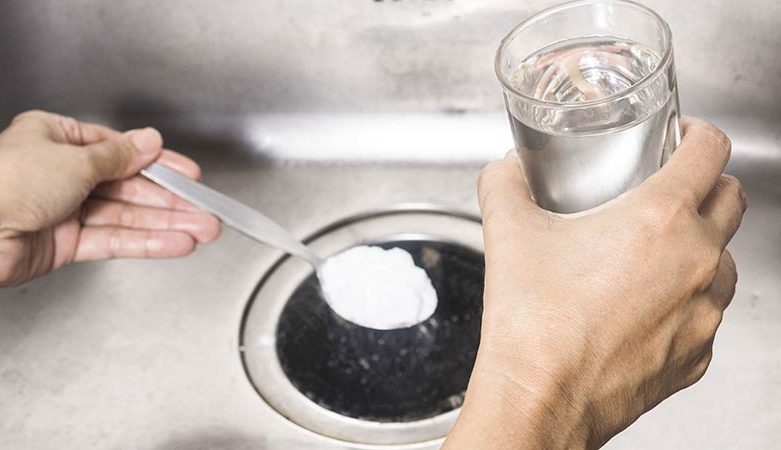Drain clogging is a common nuisance for households and businesses, Apofraxeis Anagnostou. Sooner or later everyone will get stuck in the sink or some other point in the sewer system. But why is there a blockage in the pipelines? Are there quick fixes to draining the sewer? When should you call professionals in sewer blockages and what should you watch out for? Below you will learn everything.
Abnormalities that can adversely affect the operation of a sewer system are shaped over time and add to its burden. More or less anywhere in the sewer and if you have a problem the symptoms are common. The main ones are:
- Poor drainage of water in the sewer. This means that the water can be absorbed very slowly or not at all.
- Unpleasant odors emanating from the sewer indicate stagnation of sewage such as food debris that rots.
- Moisture in walls that pass through drainage pipes is another sign that the flow is not normal. In many cases water leaks inside the wall creating moisture.
- Gargling sounds when draining water can indicate difficulty in the flow of water. This happens when a pipe tends to clog.
However in any case the real cause of the problem must be diagnosed. For example, if you have signs that only the sink has an absorption problem and not another sink in the house, it means that the blockage is local. Let’s see in detail all the cases of sewer blockage.
Why the sewer is clogged and what you can do
The main reasons that can create a blockage in the sewer are:
- The accumulation of cooking fat, food waste, hair, paper, soap and organic waste in the piping
- The antiquity of the sewer
- Defects and inadequate network maintenance
- A more general problem of the central drainage system
- However there are some easy ways to try to restore the sewer before contacting an obstruction company.
Unclogging of the kitchen sink
A clogged sink is probably the most common problem most people face. The main causes of clogging are the dumping of grease, food waste, dishwashing detergent and other waste that ends up in the sink. This mixture of sewage over time creates a hard casing in the passage of the pipes reducing its diameter, until it is completely blocked.
How to easily disassemble the kitchen sink: To disassemble the sink you will need baking soda, vinegar and finally hot water. Soda and white vinegar react with each other to form a mild corrosive mixture that softens grease and dirt that clogs the sink. Below are the steps separately.
- First make sure there is no stagnant water in the sink.
- Pour half a cup of baking soda directly into the sink drain.
- After 5 minutes, empty half a cup of white vinegar in exactly the same way.
- Place a relatively damp cloth over the siphon and wait for another 10 minutes.
- In the meantime, heat 3 liters of water in the kettle or pot.
- Carefully pour the hot water directly into the pipette while first moving the cloth.
Unclogging of the bathroom sink
The bathroom sink is clogged mainly by the accumulation of hair, soap and toiletries that end up in the sewer.
How to easily disassemble the bathroom sink: The easiest way to disassemble the sink is by using a wire or alternatively a wire hanger. In essence, you will “fish” the hairs and everything else that stands in the way of the flow of water. The steps are very easy:
- Straighten the wire with pliers and create a small hook on the edge.
- Insert the wire into the sink siphon and push it inwards until you find an obstacle in the path.
- Pull out the trash.
- Finally, empty 3 liters of hot water.
Unlogging of the toilet bowl
The basin can be clogged with paper, bristles, all kinds of garbage and organic wastewater. The health risk is high in case of water overflow, so it must be addressed immediately. Before calling professionals you can try to disassemble it using the suction cup method. We will suggest you two versions.
With a suction cup
- Wear gloves
- Position the suction cup so that it covers the bottom of the pelvis.
- Move the suction piston up and down in sequence until you hear water being released into the drain.
- Repeat if necessary.
With food film
- Raise the lid of the basin.
- Cover the basin tightly with the film so that there is no vacuum at all.
- Apply another three coats of film.
- Squeeze the membrane with your hands until you hear the water release.
